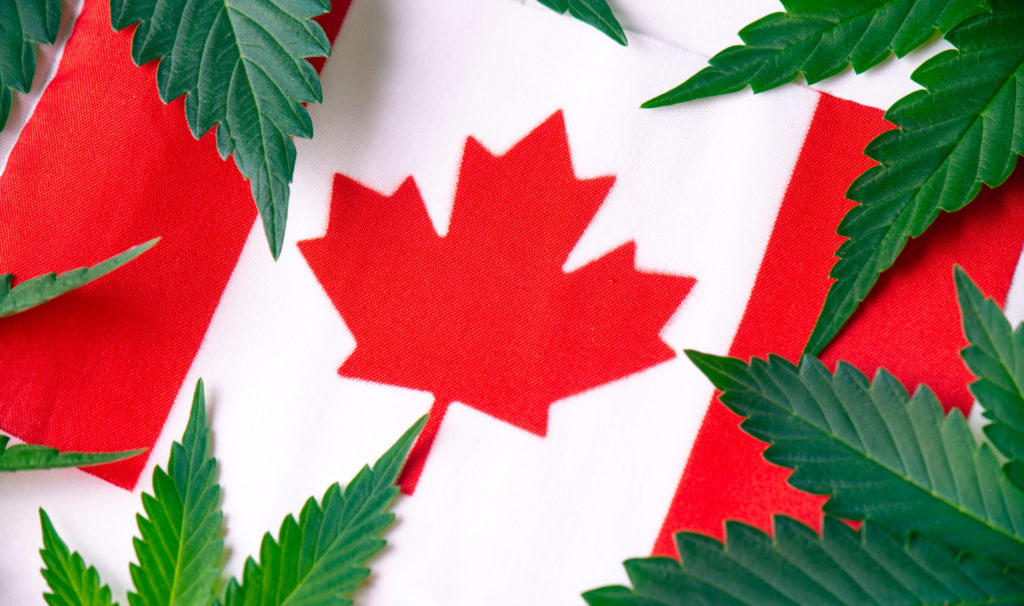Canada is built on its foundations of being a bilingual country, and as such, the Canadian business sector is required to communicate in both English and French, whether through government regulation or pressure from the markets. To compete in all areas of the country, emerging cannabis industry players will be required to include bilingual communications in their product packaging, websites and marketing materials.
Embracing a New Era and Opportunity for Bilingual Canada
As a country, we are on the brink of an exciting cultural and societal shift with imminent recreational cannabis legalization this summer. Cannabis use among adults is on the rise in Canada with 18% of Canadians reporting using cannabis within the last year, and over 15% of Quebecers reporting enjoying the soon-to-be recreationally legalized substance.
Quebec and other French-speaking communities are preparing their regulations for legal recreational cannabis, with many French-speaking provinces gaining licenses for distribution and sales in Canada. Many activities around legal cannabis will require cannabis businesses to present their information and cannabis education to Canadians in both our national languages.
Packaging and Labelling of Cannabis Products in Canada
Packaging and labeling is a key part of compliance in the sale of recreational cannabis in Canada. In an emerging industry, companies have a great opportunity to model the way for effective bilingual communication strategies that reach all Canadians, including 7.2 million French-speaking Canadians.
Various consumer acts dictate the regulations for when packaging must include both English and French, yet best practices include being accessible to all Canadians through communication in both official languages.
Here is an overview of the aspects and regulations of cannabis sales for recreational purposes that cannabis businesses in Canada should be preparing to meet through English and French translations:
Mandatory Information in English & French
According to the Consumer Packaging and Labelling Act of Canada, product identity and product intent must be presented in both English and French.
This essentially means that the product and its purpose must be fully clear to, and understood by both English and French-speaking Canadians. Quantity must also be presented in English and French, which is extremely important when producing cannabis products with specific potencies and dosages.
In addition, the Consumer Packaging and Labelling Act requires that ALL mandatory information about a product be displayed in English and French.
A cannabis user can never be too informed, and a cannabis company can never be too proactive in their strategies to reach French Canadians.
Products Sold in the Province of Quebec
The Province of Quebec requires that all products sold within the province be labeled in French and that the French language gets equal prominence among other languages on packaging and labeling.
The province of Quebec expects that product labeling, warranty certificates, product manuals and instructions for use, as well as public signs and written advertising be written in French.
For the cannabis industry, this means that any accessory or cannabis product sold must provide all its essential information in French; where permitted, signage must also be presented in French. With these requirements being a part of the Charter of French Languages, including the French language in all communications for products sold in Quebec is an absolute must for cannabis companies. Ultimately, bilingual product labeling is an opportunity to ensure cannabis and cannabis education is accessible for all Canadians.
Packaging and Labelling for French Canadians with Accuracy
 “The cannabis industry has a great responsibility to honour the privilege of legal cannabis by ensuring that compliance is not only met but exceeded,” says WordFrog Inc.’s Founder and Translator Melanie Bernier, “companies that include bilingual packaging and information early on in their development or entry into the Canadian market will encounter fewer regulatory bumps along the road.”
“The cannabis industry has a great responsibility to honour the privilege of legal cannabis by ensuring that compliance is not only met but exceeded,” says WordFrog Inc.’s Founder and Translator Melanie Bernier, “companies that include bilingual packaging and information early on in their development or entry into the Canadian market will encounter fewer regulatory bumps along the road.”
Cannabis businesses should look beyond the GTA, Vancouver and other English-speaking parts of the country; they need to strive to provide accurate, effective and engaging French translation on packaging and labeling, to ensure market reach is maximized and accessibility of cannabis for all Canadians is increased.

